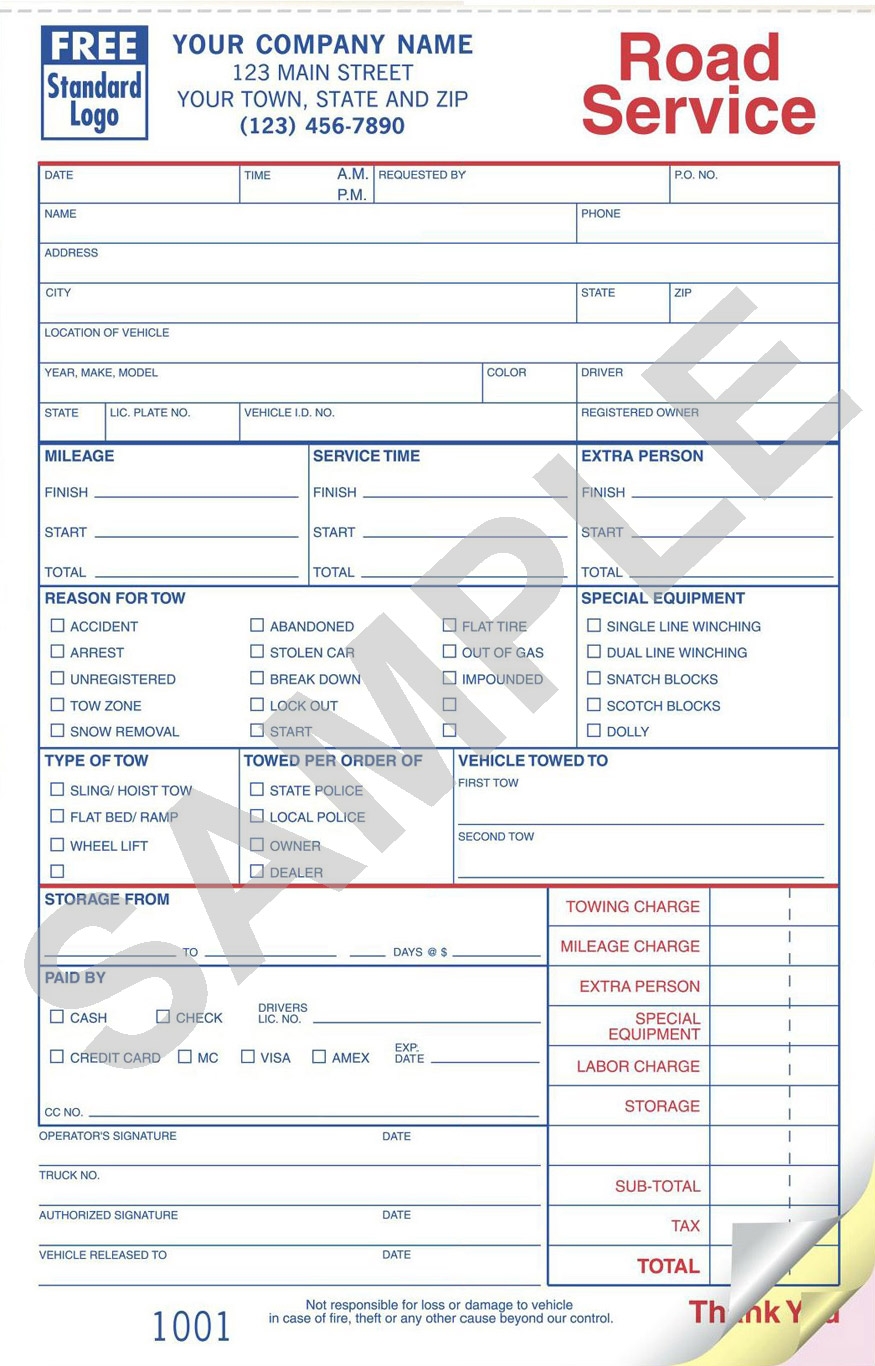
10 Point Checklist To Determine If You’re Ready To Be an Owner Op.
TRUCK INVOICE FACTORING DRIVER

The percentage charged may sound minimal, in terms of percentage, but when subtracted from the already stressed profit margin, it can mean the difference between ‘making it’ or ‘breaking it’. In other words, LESS than what’s necessary to cover expenses, dealing with factoring brokers to speed up cash flow, is NOT a viable solution.ĭepending on the factoring broker, there can be stiff costs involved when dealing with factoring companies. IF there’s little or NO funds from other inv. The process MAY just prolong the inevitable. Whether a trucking company or an owner operator who is a sole proprietor, are in a predicament where they are short of cash due to money mismanagement, hiring brokers who will factor their accounts receivable, will not be the long term answer to the problem. Slow payment can deter the growth and stability of a business.įactoring brokers will basically finance accounts receivable, so the cash be required to cover important expenses. Some are extra slow when paying their invoices, and even extend far beyond the 90 day period. Many shippers and customers have the luxury of paying the carrier for their work, 60 to 90 days after the load is delivered. If a carrier is experiencing a rapid growth spurt, fast cash is needed to meet the growth needs.įuel accounts, big rig truck payments, credit lines, truck repair and other critical expenses, must be paid sooner rather than later. Transport carriers, large or small, can find themselves in a position to consider factoring invoices.

When the customer pays, payment is made to the broker, not the carrier or o/o.is held back, until the actual customer pays for the load that was delivered. The broker then pays a percentage (approximately 75-90%) of the total invoice, to the carrier/o/o, usually within 24 to 72 hours.The carrier or o/o, then gives an inv.The carrier or owner operator delivers a load for their customer.


 0 kommentar(er)
0 kommentar(er)
